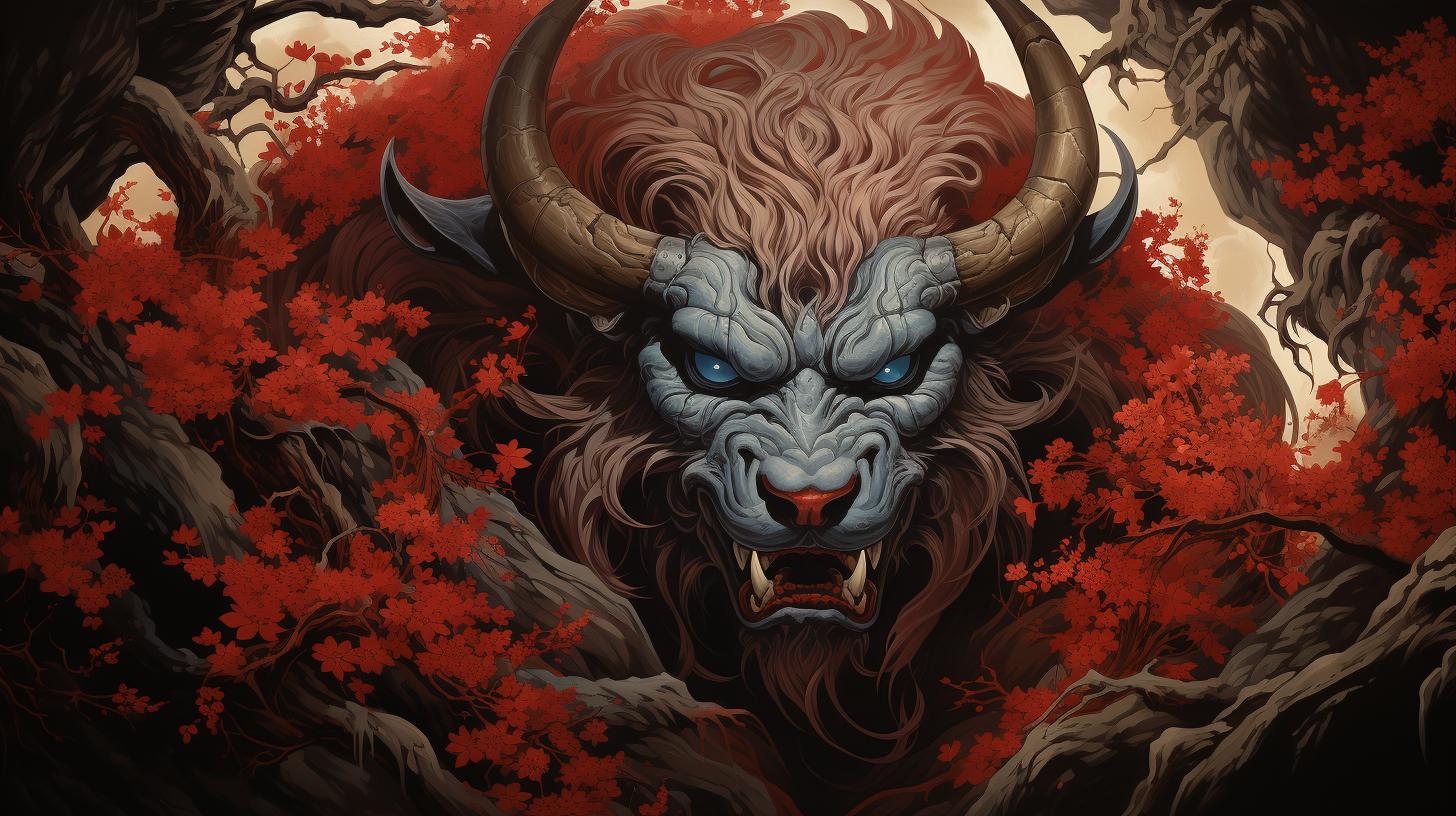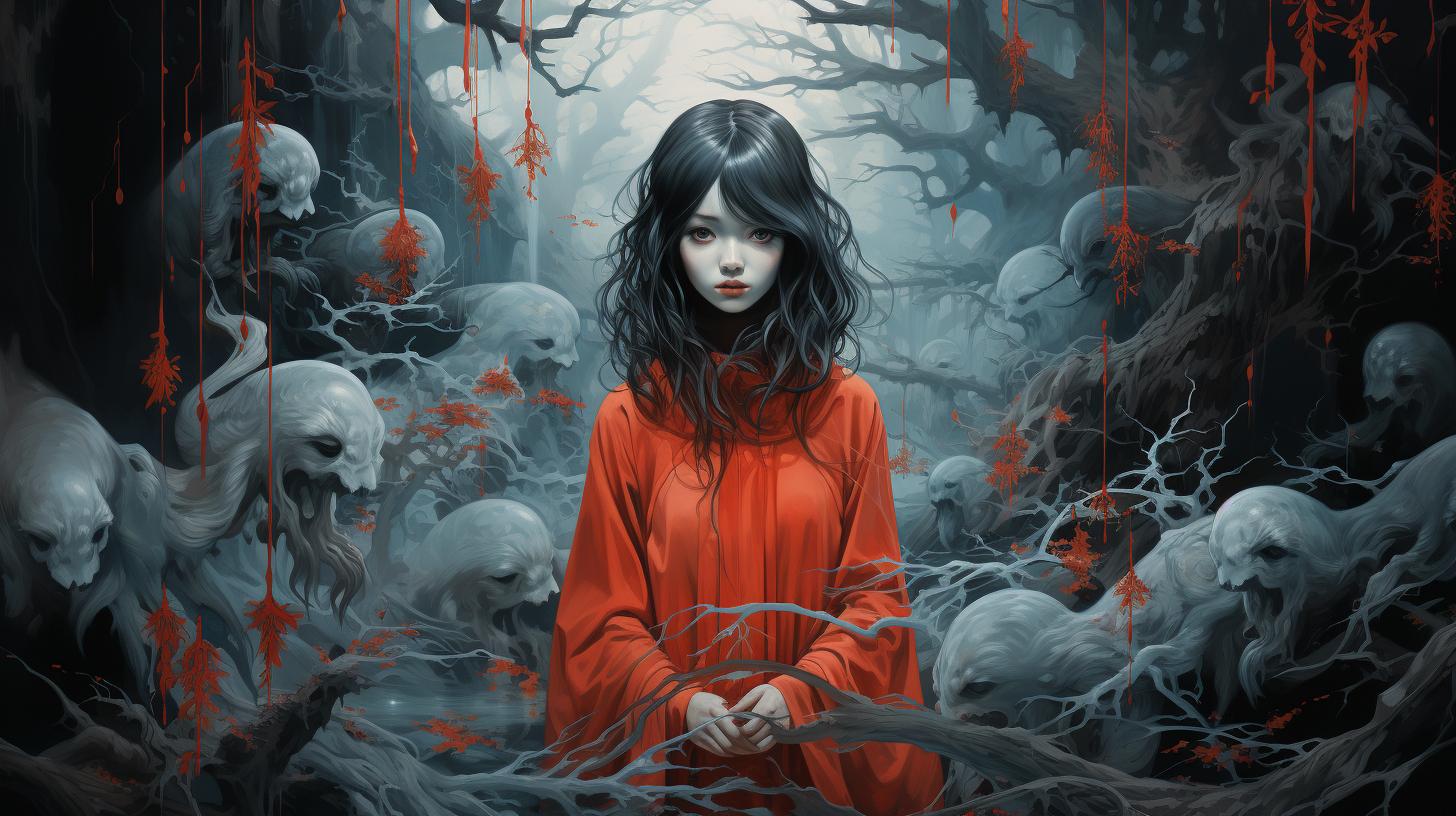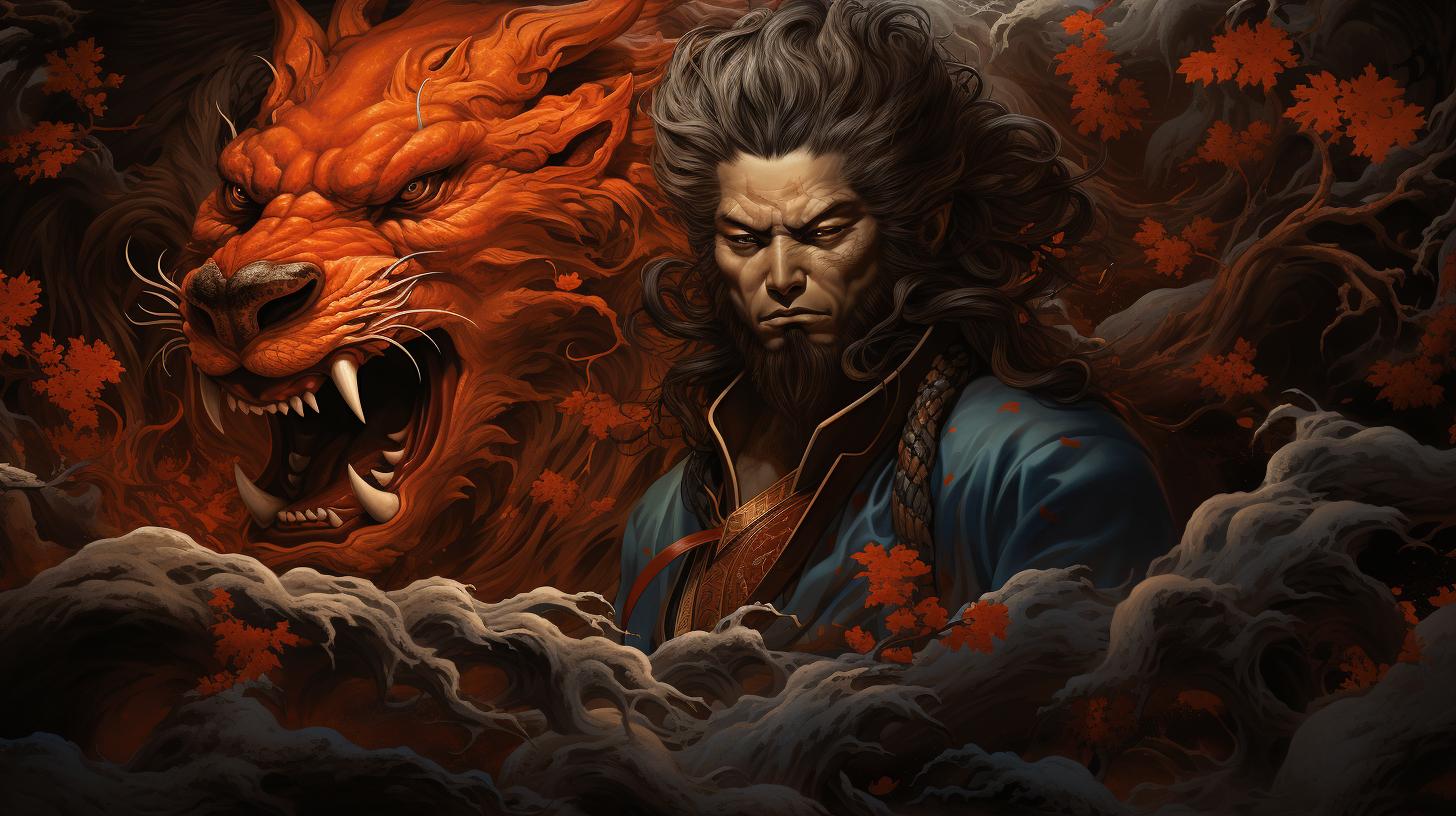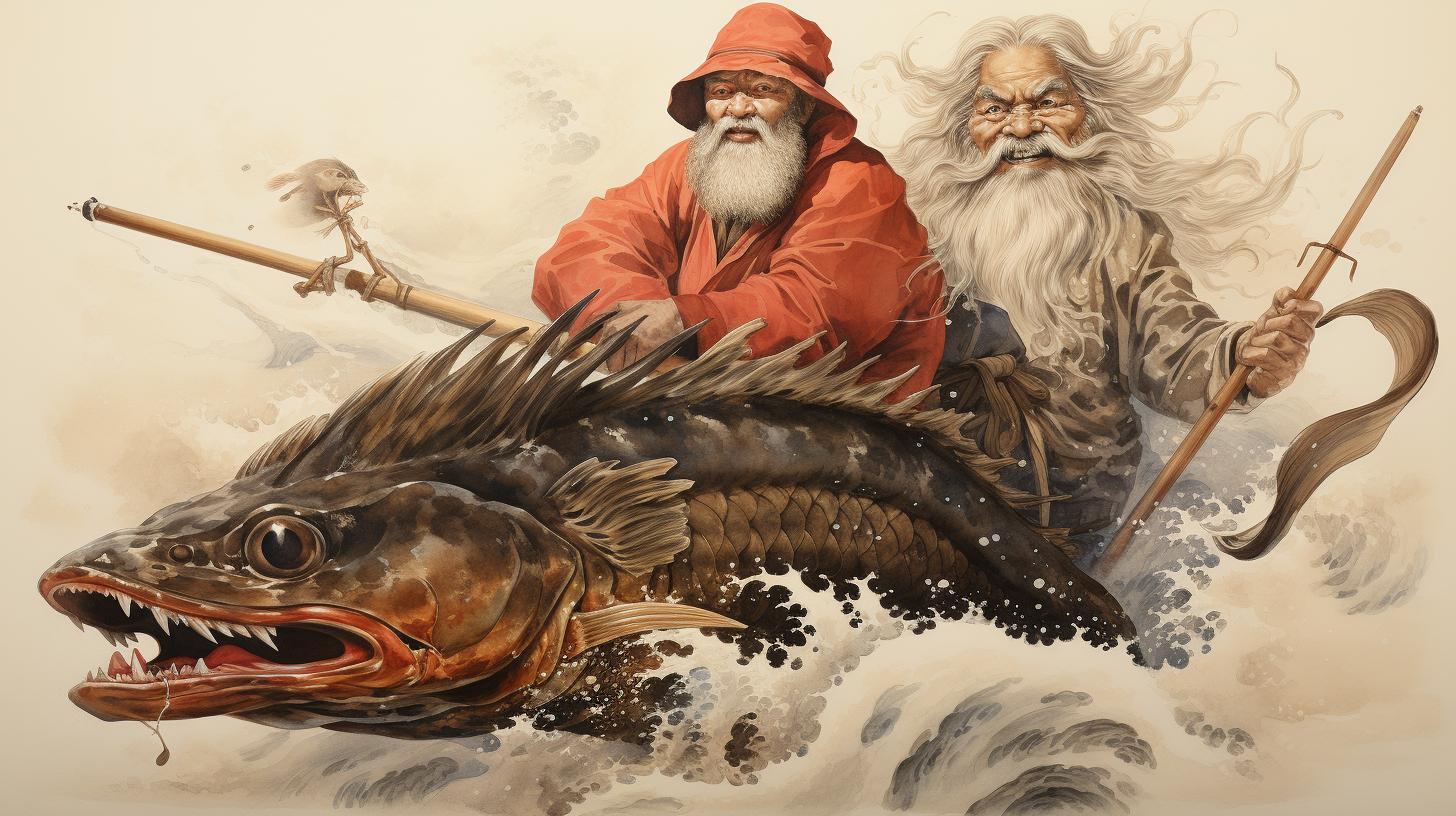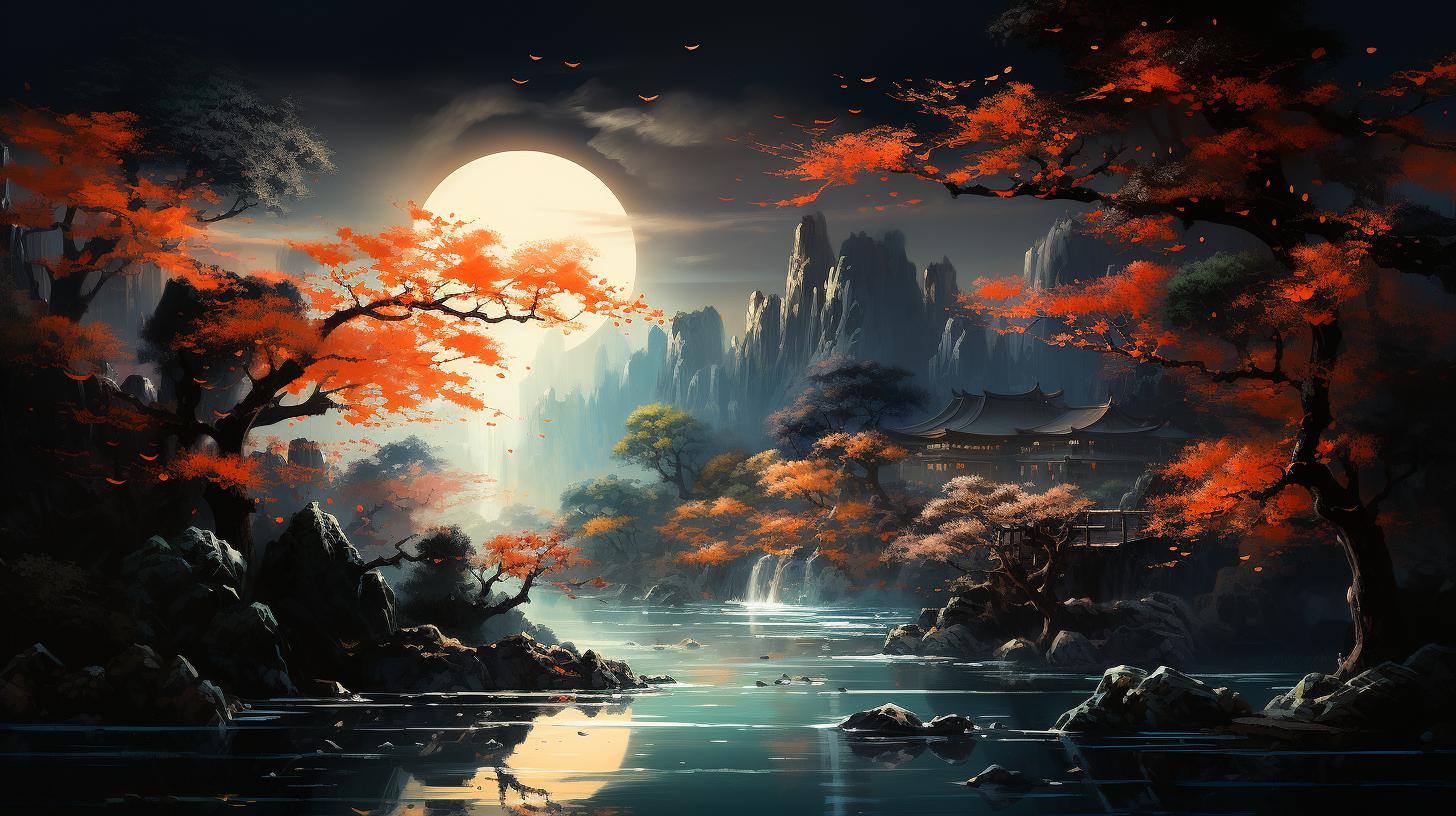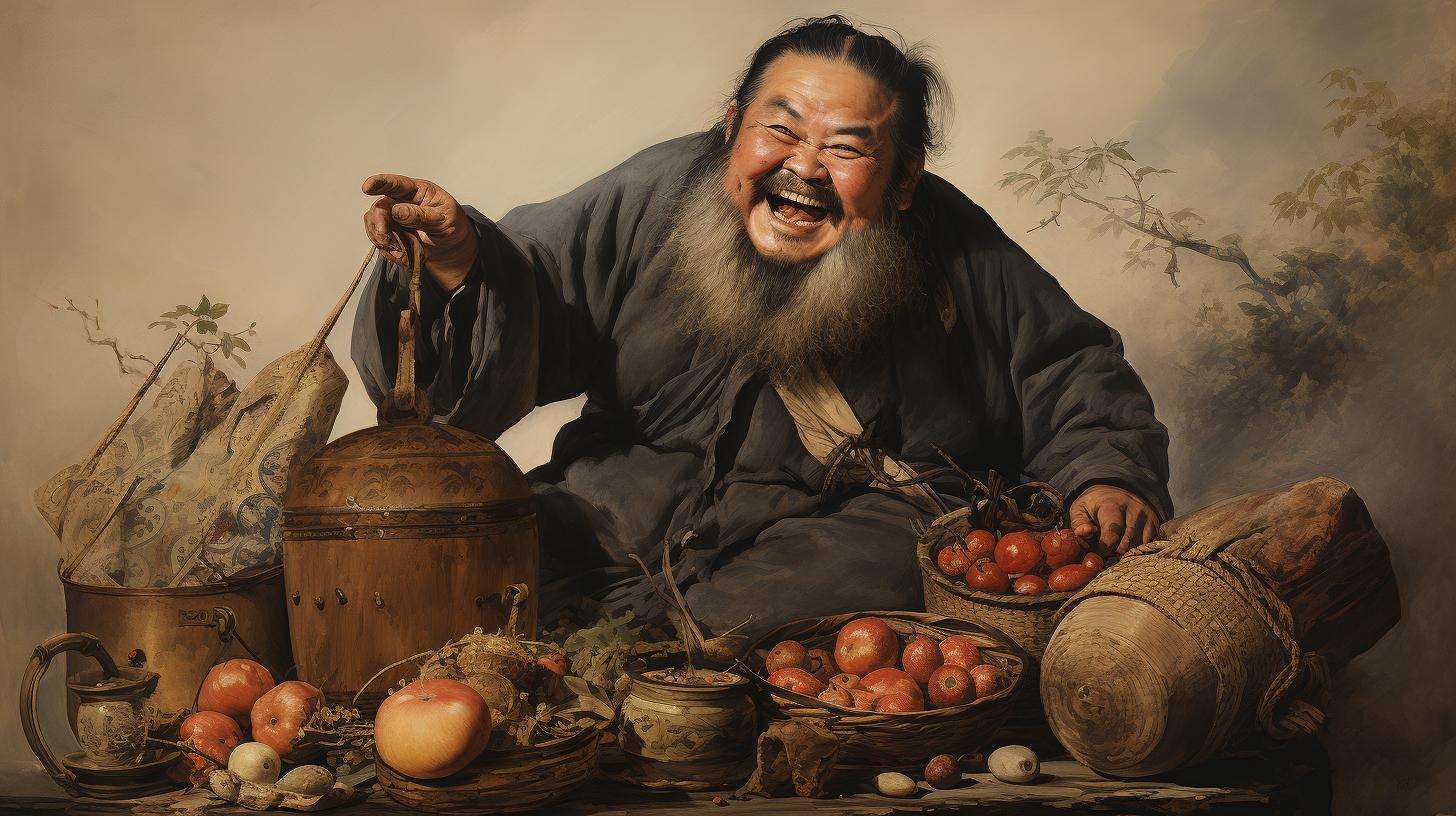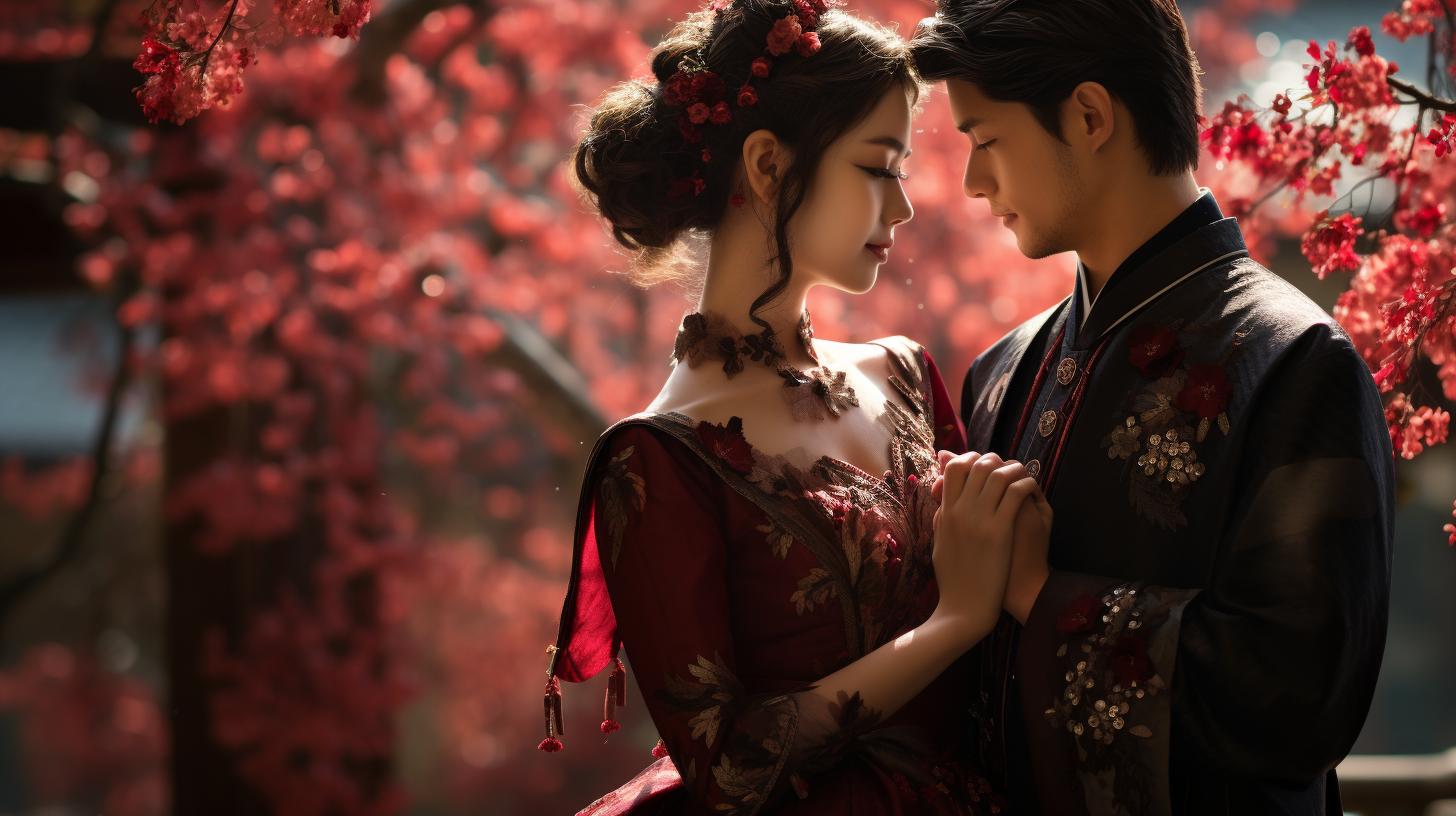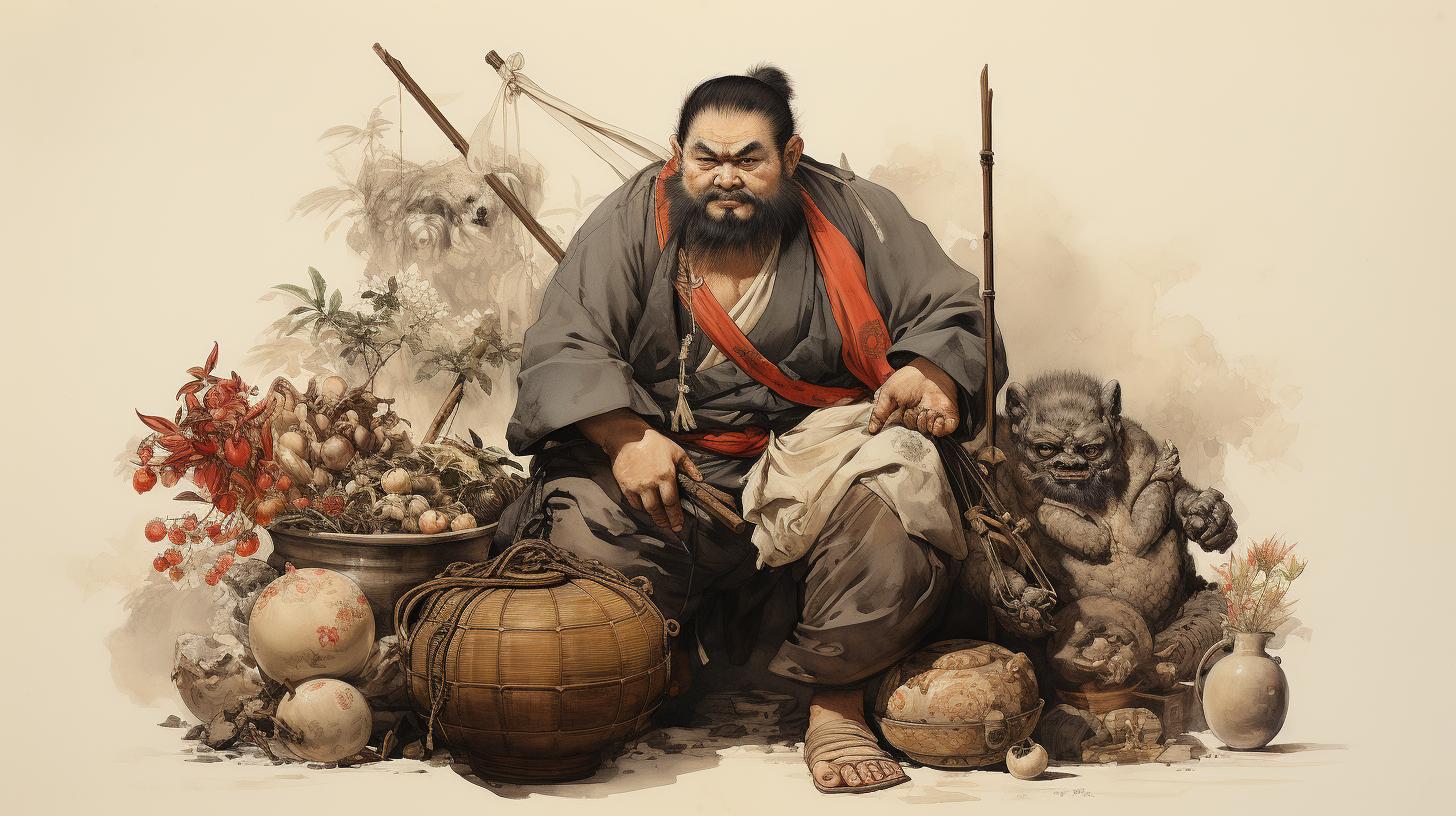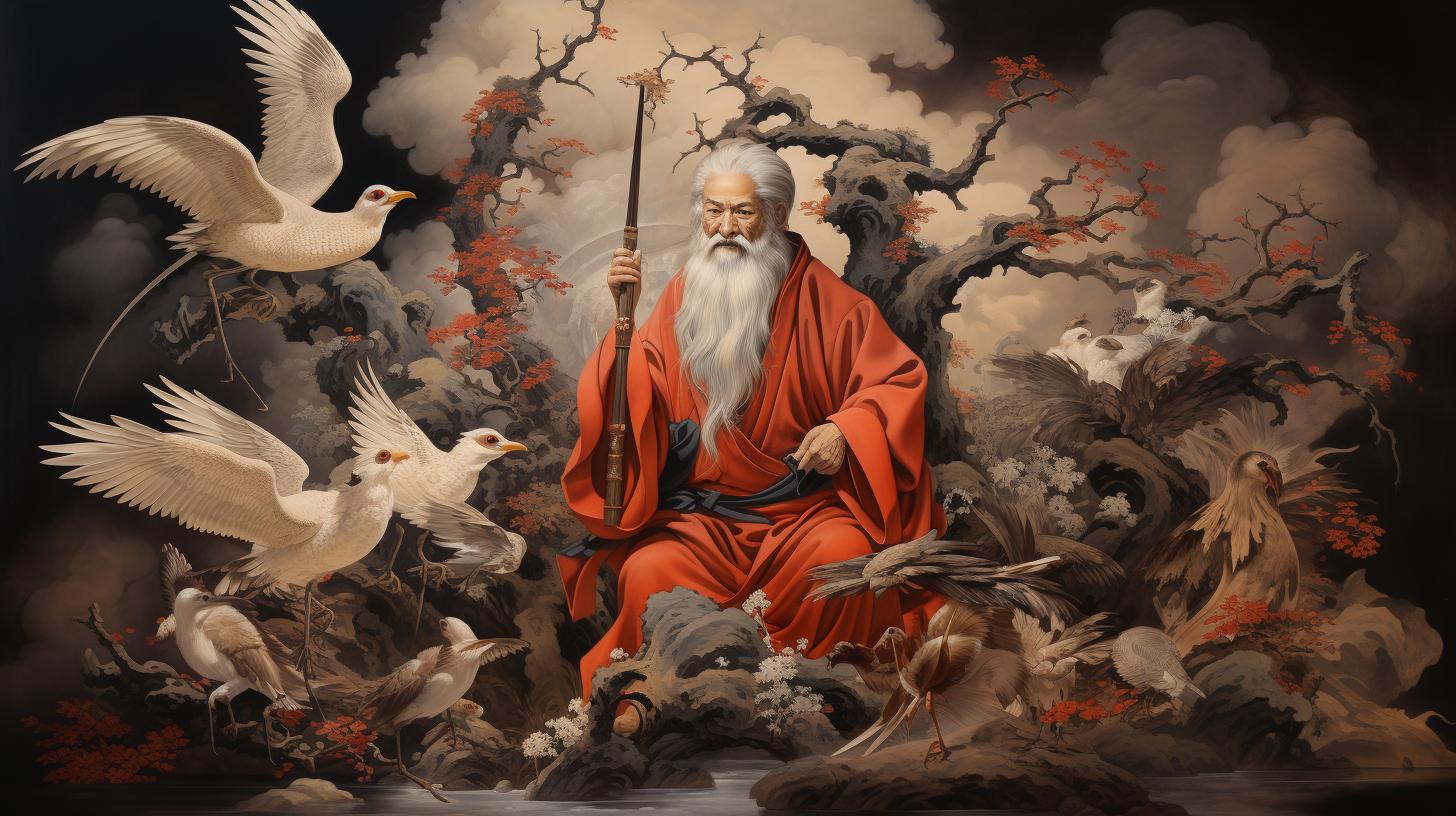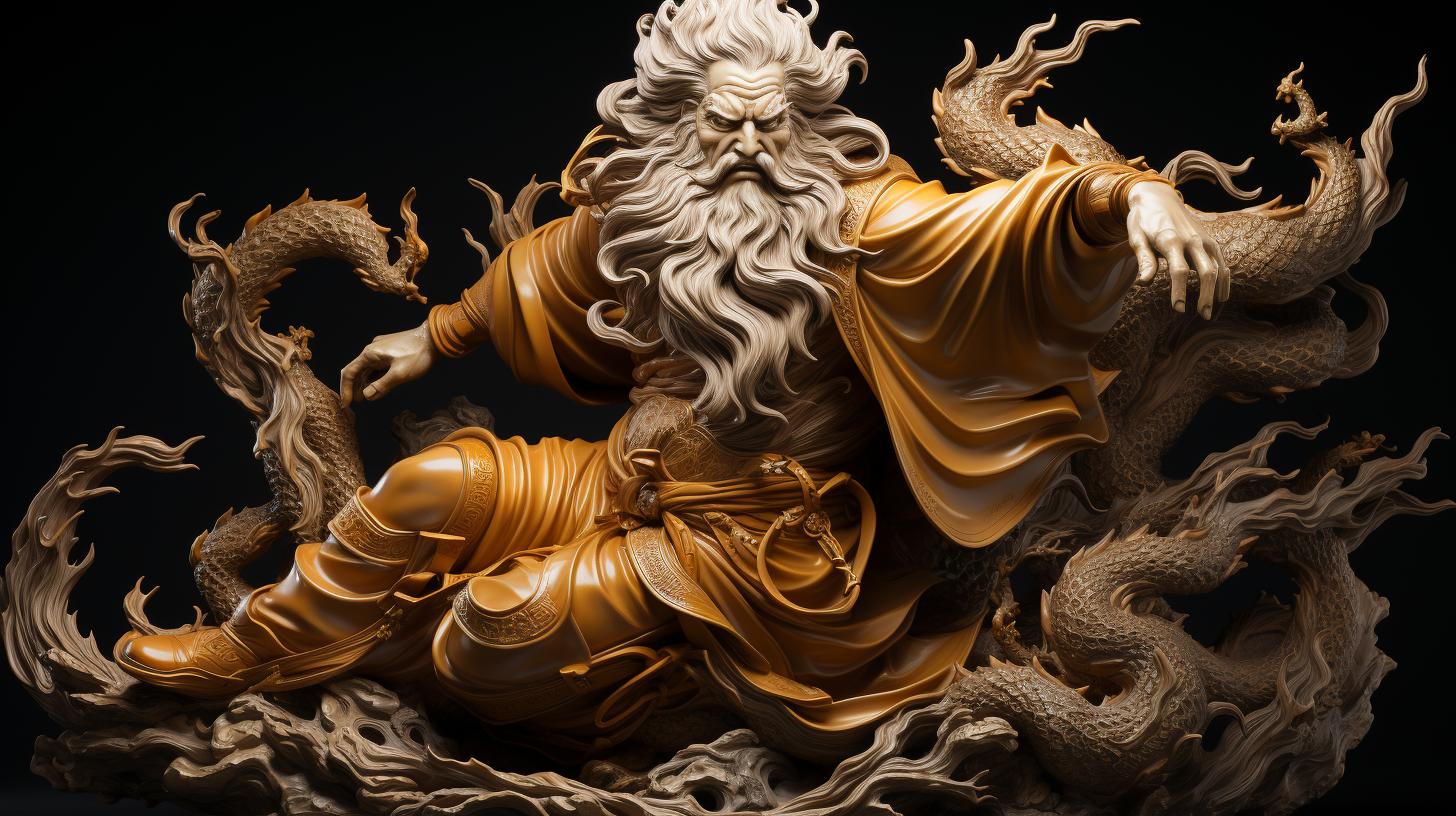The Top Strongest Japanese Mythical Creatures You Need to Know
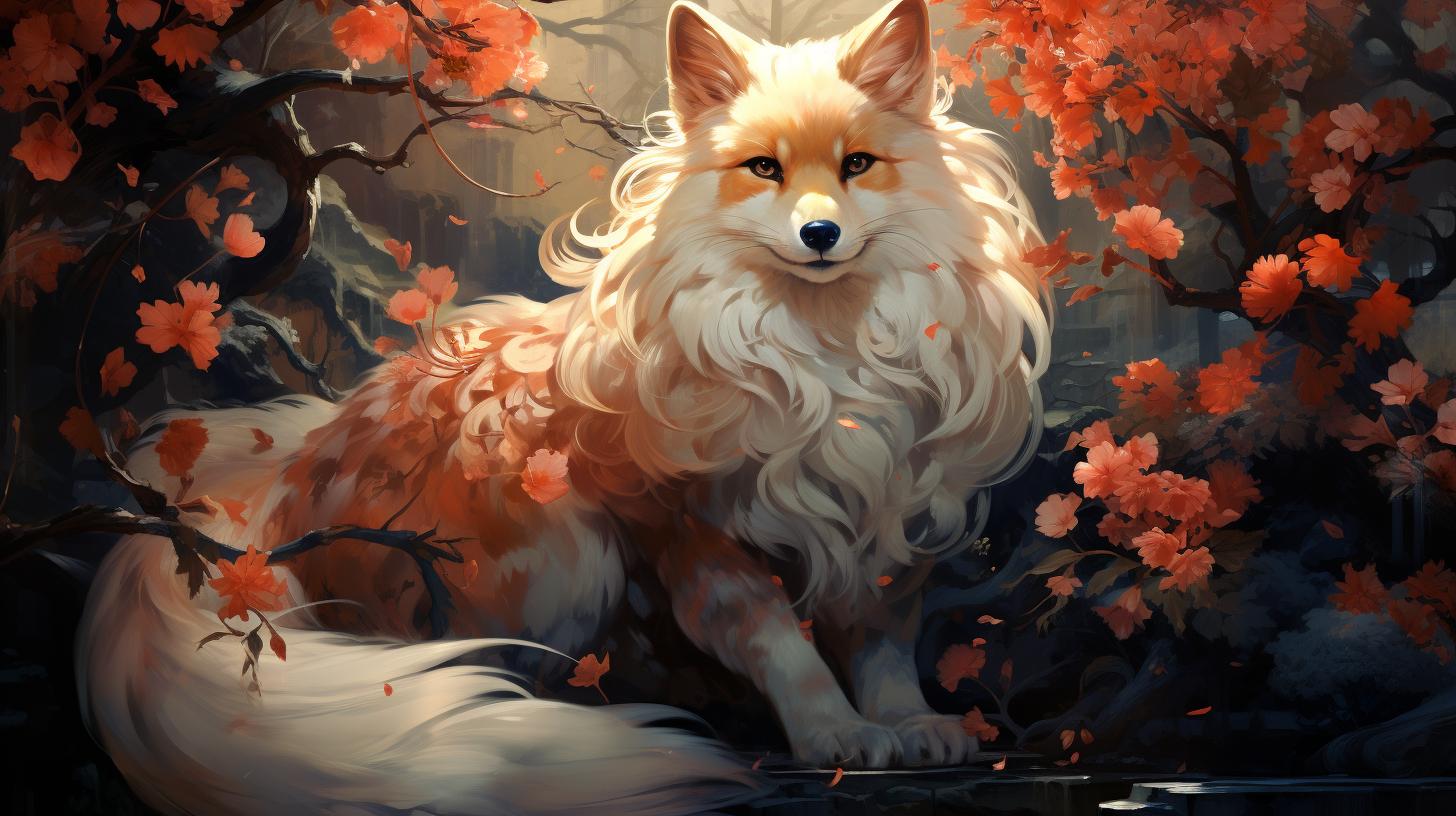
Japanese mythical creatures have fascinated people all over the world for centuries. From the mischievous raccoon dog to the supernatural beings with crow-like features, these creatures have played a significant role in Japanese folklore and culture.
Some of them are cute, while others are terrifying, but they all have unique stories and characteristics that make them stand out. In this article, we’ll explore the strongest Japanese mythical creatures, their roles in Japanese mythology, and their significance in modern times.
The Most Famous Japanese Mythical Creatures
Japan has a long history of fascinating mythical creatures. From cutesy characters to terrifying monsters, these creatures have been a significant part of Japanese folklore and pop culture for centuries.
Here are some of the most famous and intriguing ones.
Kitsune: The Deity Fox
Kitsune, Japanese for fox, is a mystical creature that appears in a variety of Japanese folktales, legends, and religious traditions. Kitsune is often portrayed as a deity or spirit possessing magical or spiritual powers that can shape-shift into humans, other animals, or even inanimate objects.
Kitsune is associated with fertility, nature, agriculture, and the god Inari, who is believed to be the protector of rice cultivation. Kitsune has a unique place in Japanese culture, appearing in literature, art, anime, and video games.
Tanuki: The Mischievous Raccoon Dog
Tanuki is a mischievous creature with the body of a raccoon dog and is one of the most popular Japanese folk characters. Tanuki has prominent testicles, a trait that is often humorously exaggerated in art and literature.
The creatures are known for their shapeshifting abilities and for playing pranks on humans, often using their testicles as a disguise. In Japanese folklore, Tanuki is also associated with financial fortune, business success, and prosperity.
Their image is everywhere, from traditional paintings to modern advertisements, and they are a beloved mascot in Japanese culture.
https://oldworldgods.com/wp-content/uploads/
Tengu and Daitengu: The Crow-like Supernatural Beings
Tengu is a supernatural creature with crow or birdlike features. Known for their fearlessness, tengu is a powerful creature that can fly and is often depicted carrying a feather fan. Tengu are sometimes seen as mischievous creatures that enjoy playing tricks on humans, but they can also serve as protective deities or spirits.
Daitengu are a more evolved form of tengu and are known for their intelligence and strength. They are often depicted wearing a distinctive red mask and a tall black hat.
Kappa: The Humanoid Creatures with Turtle Shells
Kappa is a humanoid creature with turtle shells found in bodies of water. Kappa is known for its mischievous pranks, including stealing crops and harassing humans. Kappa has a unique appetite for cucumbers, and this vegetable is often used as an offering to appease the creature.
According to Japanese folklore, humans can defeat Kappa by taking advantage of their manners or using the weight of their bowing heads against them.
Tsukumogami: The Tools and Objects Come to Life
Tsukumogami is a type of yōkai, a supernatural creature that is believed to be an object that has gained a soul after existing for 100 years. These objects can range from farming tools, combs, umbrellas, or even paper lanterns.
In Asian folklore, when these tools become 100 years old, they gain a soul and come to life with their unique personalities and abilities. Tsukumogami is often depicted as mischievous and playful creatures.
Chōchin Obake and Kasa Obake: The Animated Umbrellas
Chōchin Obake and Kasa Obake are yōkai that are human-like creatures with the body of an animated umbrella. Chōchin Obake is a paper lantern with one eye, long tongue, and fierce teeth, while Kasa Obake is a traditional Japanese umbrella with one eye and a long tongue.
These creatures are often portrayed as mischievous entities that punish people for leaving their umbrellas unattended. It is believed that thunderstorms or strong winds can bring these creatures to life.
https://oldworldgods.com/wp-content/uploads/
Famous Creatures in Japanese Folklore and Legends
Japanese folklore is filled with terrifying and awe-inspiring creatures, known as Yōkai. These supernatural creatures are believed to have mystical powers and play a significant role in Japanese history and culture.
From spider and woman hybrids to evil old women, these famous creatures have fascinated people worldwide. In this section, we will explore some of the most famous creatures in Japanese folklore and their fascinating stories.
Yōkai: The Supernatural Creatures in Japanese Folklore
Yōkai are supernatural creatures in Japanese folklore and legends. These creatures are often depicted as having unique physical characteristics that set them apart from other mythical beings. They are believed to possess magical powers, from controlling the elements to shapeshifting.
One of the most famous Yōkai is Kuchisake-Onna, which translates to “the woman with a slit mouth.” She is described as a woman who wears a surgical mask and asks people if they think she is beautiful.
If they answer “no,” she will reveal her mouth, which has been mutilated from ear to ear, and kill them with a sharp object.
Jorogumo: The Spider and Woman Hybrid
Jorogumo is a Yōkai who appears as a beautiful woman. However, she has the body of a giant spider and uses her charm to lure men into her trap. According to Japanese folklore, she can control the webs she weaves, and her victims are caught in them and unable to escape.
Kamaitachi: The Deadly Monster with Sharp Blades
Kamaitachi is one of the most deadly Yōkai in Japanese folklore. This creature is often depicted as a small animal with sharp blades attached to its body. It can move at incredible speeds and slice its victims in half with its razor-sharp blades.
Kamaitachi travel in groups of three, hunting humans at night.
https://oldworldgods.com/wp-content/uploads/
Kuchisake-Onna: The Slit-mouthed Woman
As mentioned earlier, Kuchisake-Onna is a famous Yōkai with a terrifying appearance. Legends say that long ago, a samurai caught his wife cheating on him with another samurai and killed her by cutting her mouth from ear to ear.
It is said that her spirit still haunts Japan, asking people if they think she is beautiful before killing those who answer “no.”
Teke Teke: The Schoolgirl Ghost
Teke Teke is a schoolgirl ghost in Japanese folklore. According to legend, she was hit by a train and cut in half, but her spirit refused to leave the mortal world.
She is now said to stalk her victims using her arms to move around, leaving a trail of blood behind her.
Oshiroibaba: The Evil Old Woman
Oshiroibaba is a famous Yōkai that appears as an old woman. She is known for her ability to manipulate the weather, causing strong winds and heavy rain. She is often depicted holding a bag in her hands, which she uses to capture her victims and drag them underground.
Conclusion
Famous Creatures in Japanese Folklore and Legends are fascinating and terrifying at the same time. They have contributed significantly to Japanese culture and have fascinated people worldwide for centuries. From Kappa to Kuchisake-Onna, we hope this section has offered valuable insights into the supernatural world of Japanese folklore.
Japanese Mythical Creatures in Pop Culture and Art
Japanese mythical creatures have been the subject of inspiration for many artists and creative minds worldwide. These creatures have been used in anime, manga, traditional paintings, sculptures, and other art forms for centuries.
Here are some of the most famous Japanese mythical creatures in pop culture and art:
Japanese Mythical Creatures in Anime and Manga
Anime and manga are perhaps the most well-known and widespread forms of Japanese pop culture. They have used Japanese mythical creatures as the central theme of various storylines. For instance, in the popular anime series Naruto, the mythical creature known as Tanuki appears in the form of a ninja.
Another well-known anime series, Dragon Ball, has the character “Shenron,” who is based on the legendary creature of the same name. In addition, the legendary Kitsune is a central character in the anime Naruto and Yu Yu Hakusho.
Japanese mythical creatures are also popular in manga, the Japanese version of comic books. Manga is an integral part of Japanese pop culture and has a massive global following. It has borrowed ideas from Japanese folklore and mythology, including the use of mythical creatures.
Examples of manga that include elements and characters based on Japanese mythical creatures are Inuyasha and Bleach.
Japanese Mythical Creatures in Art
Japanese traditional paintings, also known as “nihonga,” have been featuring mythical creatures for centuries. Paintings featuring Kitsune and Tengu are common, and artists use these creatures to convey specific emotions and themes.
For instance, the Kitsune is often used as a symbol of intelligence and trickery, while Tengu is used as a guardian of mountains and forests.
While paintings are one of the most popular forms of Japanese art, sculptures also play a significant role in Japanese culture. Statues of mythical creatures can be found throughout Japan, often at temples and shrines.
One of the most popular is the Komainu, a lion-dog statue placed at the entrance of a shrine to protect it from evil spirits. Additionally, many Japanese artists create hyper-realistic sculptures of mythical creatures, such as the Kappa.
Conclusion
Japanese mythical creatures have been part of Japan’s culture and folklore for centuries, and their influence on pop culture and art can be seen worldwide. These creatures have been subjects of anime, manga, paintings, sculptures, and other art forms, inspiring creative minds everywhere.
Through their artistic representation, the creatures have become an integral part of Japanese art, and their stories and symbolism continue to fascinate the world.
The Significance of Japanese Mythical Creatures Today
Japanese mythical creatures have been an integral part of Japanese culture for centuries, and their influence continues to be felt today. Japanese people still view these mythical creatures as essential, and they can be seen in various aspects of Japanese life.
Here is a breakdown of their significance today:
Influence of Japanese Mythical Creatures in Modern Japan
The influence of Japanese mythical creatures in modern Japan can be seen in various aspects of Japanese life. They have been incorporated into anime, manga, films, and video games, and with the growing popularity of Japanese culture worldwide, the mythical creatures appeal to international audiences as well.
For example, Pokémon, one of the most popular anime franchises worldwide, features mythical creatures known as Pokémon. Furthermore, you can find various Japanese mythical creature-inspired merchandises like T-shirt robes, hoodies, shoes, and even cell phone cases.
Traditional Japanese festivals and events like Setsubun or Noh performances feature these creatures prominently, making them still very relevant in Japanese culture. Another example is the Tokyo Tower featuring a statue of a Japanese mythical creature at its base.
Additionally, mizuko kuyo or ‘water babies memorial service’ is a traditional Japanese religious ritual to pay respect to miscarried, stillborn, or aborted foetuses. The ritual is performed to give rest to the spirits of these unborn children and is said to be attended by some of the mystical creatures.
Tourist Attractions Featuring Japanese Mythical Creatures
Tourists that flock to Japan can also witness and interact with mythical creatures seen as significant figures in Japan’s historical, cultural, and spiritual identity. Tourists can visit places like the Samurai Museum in Shinjuku, which features mythical creatures found in Japanese folklore, or the Meiji Shrine in Tokyo, which is home to a wide range of mythical creatures.
Another popular place is the Kyoto National Museum, which showcases numerous traditional Japanese art featuring mythical creatures. Tourists can also go to the Tofugu theme park in Gifu prefecture and check out the robot version of a Japanese mythical creature.
Cultural Significance of Japanese Mythical Creatures
Japanese mythical creatures hold cultural significance because the mythical creatures not only show the creativity and imagination of the Japanese people, but they represent values, morals, and traditions passed from generation to generation.
For example, Kitsune, the deity fox, signifies prosperity, while Komainu, the lion statue, represents protection. These mythical creatures were once believed to hold mystical powers, serving as protection and support during challenging times.
Other examples include white snakes, the symbol of good luck, and turtles, the symbol of longevity.
- Japanese mythical creatures’ stories and legends serve as a function and foundation of language study.
- Japanese mythical creatures are an essential aspect of the nation’s art and architecture. They are seen on everything from traditional paintings to tea sets, pottery, and furniture.
- Their significance runs so deep in Japanese culture that they are even seen in traditional Japanese tea ceremonies.
- Mythical creatures are also revered in Japan for their medicinal properties, and their medicinal value has been used for centuries.
- Shintoism, one of Japan’s formal religions, believes that Japanese mythical creatures are divine spirits and therefore crucial to everyday life in Japan.
In conclusion, Japanese mythical creatures are an important part of Japanese culture that hold significant value even in modern times.
Their role in literature, art, religion, and daily life makes them important cultural symbols representing Japanese traditions……

